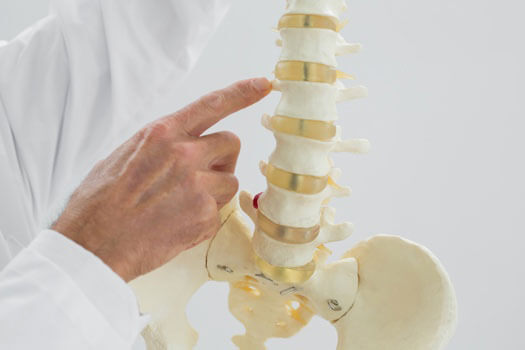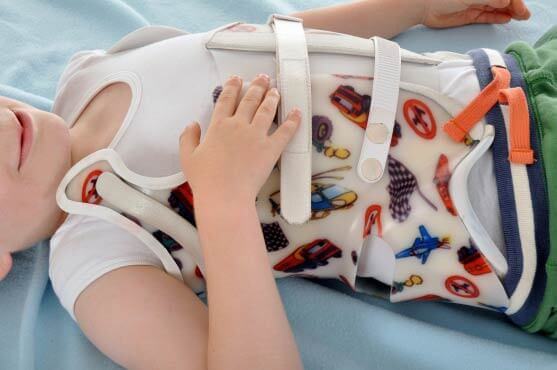Not to be confused with herniated discs, bulging discs occur when the disc “bulges” out of its normal place between each vertebra. A bulging disc, often confirmed by an x-ray or MRI, is usually caused by age-related degeneration of the […]
Back pain is the most frequently reported ailment to physicians and other health care providers in the United States. It can be caused by poor posture, injury, excessive weight and congenital deformities, or it may be part of an individual’s […]
Fibromyalgia is a condition that encompasses a wide range of symptoms that include pain, fatigue and a hypersensitivity to touch. Though its cause continues to be relatively shrouded in mystery, researchers have found that patients with the disease are predominately […]
Despite common belief, the bones are not solid structures that serve the single purpose of providing a framework for the body. In fact, bones are very active and create red and white blood cells for the circulatory system, all while […]
Have you ever been diagnosed with a degenerative disc disease? Is back pain leaving you unable to perform daily tasks and causing you to miss out on events with children, family and friends? If so, take comfort in knowing that […]
Spondylolisthesis, when a vertebra slides forward over the adjacent bone causing back and leg pain, is often treated with anti-inflammatory drugs. If, however, the pain is directly related to nerve root or spinal cord damage, surgery is often recommended to […]
Spinal stenosis is caused by a narrowing of the spine that puts pressure on the spinal cord and nerves within the spine, resulting in pain and discomfort. While younger people born with a narrow spine may suffer from the condition, […]
Treatment for scoliosis, an abnormal curving of the spine, doesn’t necessarily mean having to resort to spine surgery in Los Angeles. This is especially true when the scoliosis is related to other conditions such as muscle spasms or even a […]
A spinal fracture refers to a serious injury involving some type of damage to one or more of the spinal columns. Patients with osteoporosis or diseases that weaken bones tend to be more susceptible to spinal fractures.








